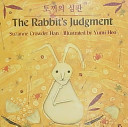
Tricked into freeing a hungry tiger from a trap, a man refuses to let the tiger eat him until they get another opinion on the situation from a disinterested party.

Tricked into freeing a hungry tiger from a trap, a man refuses to let the tiger eat him until they get another opinion on the situation from a disinterested party.
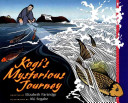
Kogi paints the shore of Lake Biwa, but is unable to capture the vigor and beauty that inspire him. One day, Kogi wades into the water to release a fish, and unable to resist follows in its wake, eventually becoming a fish himself, and learning what it is
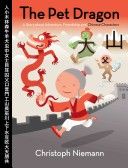
When Lin’s beloved pet dragon disappears, she searches for him far and wide until a witch helps her to reach the dragon’s new home. This book introduces a different Chinese character on each step of Lin’s adventure.

When they meet a Ugandan refugee girl who’s an amazing designer, three trendy London teens combine their talents to create some kind of wonderful. Nonie’s a freak for fashion. Bleeding-heart Edie wants to green the planet. And starter-starlet Jenny has just landed a small part in a big Hollywood blockbuster. But when these trendy London besties meet a Ugandan refugee girl named Crow, sketching a dress at the Victoria & Albert Museum, their worldview gets a makeover. As they learn about the serious situation in Crow’s homeland, they decide to pool their talents to call attention to the crisis. One of Crow’s designs on the red carpet at the Oscars and they come up with a chic way to raise awareness.
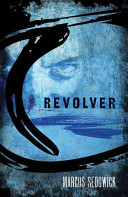
A loaded gun, stolen gold, and a menacing stranger. A taut frontier survivor story, set at the time of the Alaska gold rush. In an isolated cabin, fourteen-year-old Sig is alone with a corpse: his father, who has fallen through the ice and frozen to death only hours earlier. Then comes a stranger claiming that Sig’s father owes him a share of a horde of stolen gold. Sig’s only protection is a loaded Colt revolver hidden in the cabin’s storeroom. The question is, will Sig use the gun, and why?
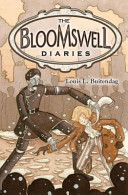
Benjamin Bloomswell is pleased to be staying with his uncle in America while his parents are off on another business trip. Its like a vacation. But when a series of newspaper articles, telephone calls and mysterious disappearances result in his being sent to and having to escape from a sinister orphanage and the criminals who run it, he knows he’s somehow got to find a way back to Europe. He has to get to his sisters boarding school before anyone else does. And somehow, he has to find his parents, who are also in trouble. But how…
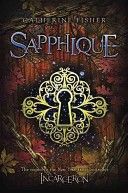
After his escape from the sentient prison, Incarceron, Finn finds that the Realm is not at all what he expected, and he does not know whether he is to be its king, how to free his imprisoned friends, or how to stop Incarceron’s quest to be free of its own.
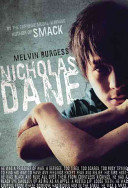
When fourteen-year-old Nicholas Dane’s mother dies, social services sends him to a home for boys where intimidation and violence keep order. After a number of fights and brutal punishments, Nick thinks that life can’t possibly get any worse . . . until he realizes that the home’s respected deputy head, who has been grooming him with sweets and solace, has something more frightening in mind. Acclaimed writer and truth-teller Melvin Burgess brings us, with Dickensian scope and compelling narrative drive, his most ambitious book yet.
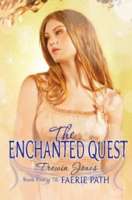
Far from the Realm of Faerie, a quest to save immortality . . . A deadly plague is sweeping through Faerie, and no one is immune to its bite. Now, with the guidance of the Dream Weaver, Tania, Rathina, and a mortal ally, Connor, must head off to find the Divine Harper—the only one who can help Tania renew the Faerie Covenant of Immortality. Their quest will soon take them outside the borders of Faerie, to hostile and unwelcoming lands beyond. On their travels, Tania and her companions encounter danger at every turn as they battle pirates, contend with mysterious and mystical beings, and try to outwit those under the sinister grip of the Dark Arts. But when Tania’s beloved Edric appears, it looks as if they have help at last. Or do they? As tensions and dangers rise, Tania is forced to question everything and everyone around her in order to decide if she is prepared to make the ultimate sacrifice to save her loved ones.

Seventeen-year-olds Maddy Fisher and Rich Ross yearn for love, and after their first attempts at relationships go awry, they find one another and form a deep bond that can only be expressed one way.